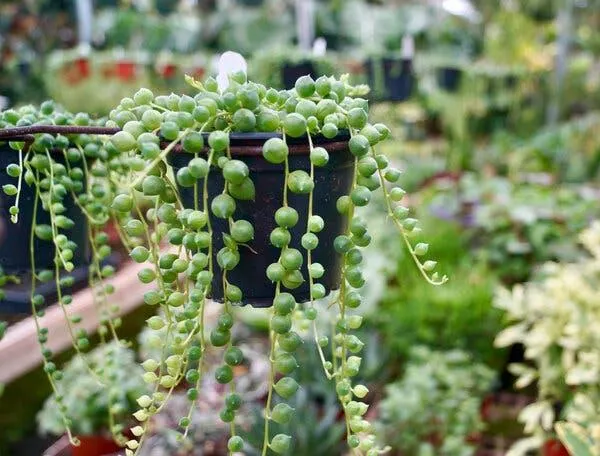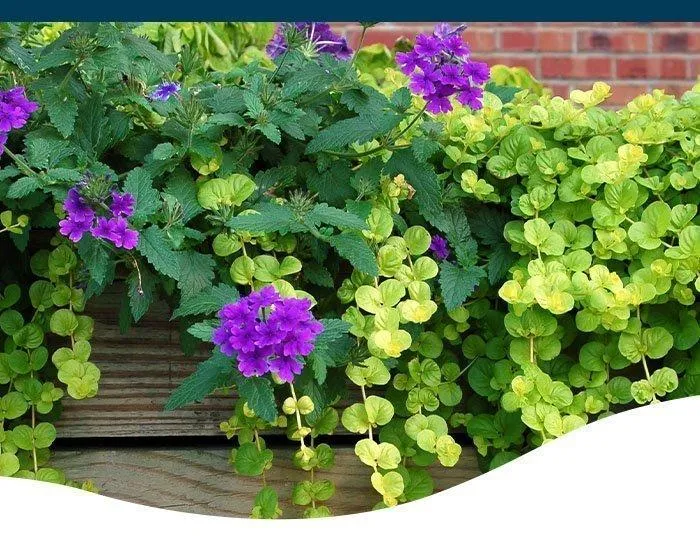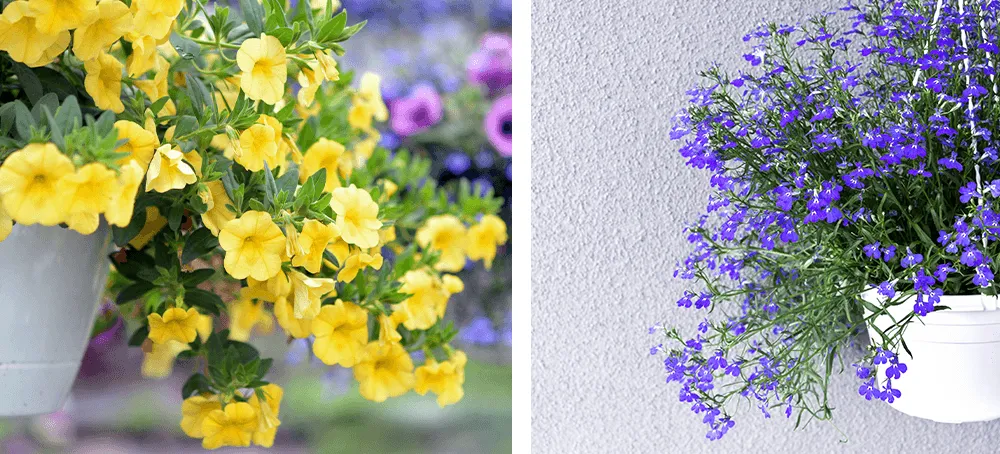Choosing the Perfect Cascading Flower Arrangement for Your Home
A cascading flower arrangement is a beautiful way to add color and life to any space. With so many options available, it can be tricky to decide which type of cascading flowers are best for your needs. In this article, I’ll breakdown the top cascading flower varieties and provide tips to help you choose the perfect cascading flowers for your home or event.
Common Cascading Flower Types
- Roses – Roses are a classic cascading flower choice. They come in a beautiful rainbow of colors and have a lovely fragrance. Some top rose varieties for cascading include tea roses, grandifloras, and floribundas. From my experience arranging roses, grandifloras hold their shape well and add fullness.
- Lisianthus – Also known as the “Texas bluebell,” Lisianthus have delicate flowers resembling roses. They come in many colors and make an elegant addition to cascades. Lisianthus hold their shape for over a week, making them a good choice if you need your arrangement to last.
- Hypericum berries – For a wild, natural look, hypericum berries or “St. John’s Wort” add lush greenery and bright red “berries.” They stay fresh for several weeks and add height to an arrangement. I find the red berries are especially stunning against lush greens.
- Snapdragons – Snapdragons have whimsical flowers that “snap” when you pinch them. They come in many shades and varieties, like solid colors or two-toned blooms. Snapdragons add vibrancy and movement to cascades. Make sure to “snap” them regularly to release their natural plant juices and keep them looking fresh.
When choosing cascading flowers, consider your needs. Roses, Lisianthus and Hypericum berries will last over a week, while snapdragons may only last 3-5 days. It depends on if you need a temporary or long-lasting arrangement. Variety is also key – mixing flower types makes for a more interesting cascade.
Consider the Containers
The container is just as important as the flowers. Cascades work best in tall, narrow vessels that allow the flowers to flow over the sides in a natural waterfall effect. Some top container options include:
– Glass cylinders or vases
– Metal or ceramic urns
– Woven baskets lined with plastic
– Teardrop-shaped vases

The container should be at least 12-18 inches tall so the flowers have room to cascade freely. Wider containers tend to result in a fuller, bushier look rather than a dramatic waterfall cascade. Stick to roughly an 8-10 inch diameter or less.
It’s also helpful if the container has good drainage holes to prevent root rot. Line baskets or containers lacking holes with plastic sheeting. When arranging, insert Oasis floral foam in the container for structure and to keep the flowers fresh longer.
Tips for Arranging
To get that luxurious cascading effect, follow these tips for maximum impact:
- Start with the tallest stems clustered in the center of the container and cascade outward towards the edges. This creates a more dramatic shape rather than uniform layers.
- Use odd numbers of flowers – mixes of 3, 5, 7 stems etc. This looks more natural than even patterns.
- Build up the density from the center out. Tighter clusters at the base create fullness that cascades outward. Leave some smaller “waterfall” stems dangling over the edges.
- Mix textures like velvety roses, feathery Lisianthus and round hypericum berries. Include foliage like eucalyptus, seeded eucalyptus or palm fronds for visual interest.
- Cut flower stems on an angle rather than straight across. This allows for better water absorption. Remove any foliage below the water line to prevent rot.
- Trimming and fluffing cascades regularly keeps them looking their best. Remove any spent or damaged blooms to promote new growth.
A basic rule of thumb is grouping flowers in threes – three stems together make a fuller look than singles. Build out the arrangement using this tripling method for maximum fullness and impact. Proper arranging is key for long-lasting cascades.

Care Tips to Keep Cascades Fresh
No matter how beautifully you arrange your cascade, it won’t last long without proper care:
- Change the water in the vase every 2-3 days. Fresh water is essential for hydration. Add floral preservative to water for extra longevity. I like to use Floralife which works great.
- Keep cascades out of direct sunlight or near heat sources which cause rapid wilting. Most indoor light is fine. However, roses especially prefer diffused or indirect light.
- Trim 1/4 inch off stems and re-cut flower stems on an angle before reinserting into fresh water. This allows for optimal water absorption.
- Check daily for faded or browned blooms. Promptly remove these so the arrangement stays looking fresh as long as possible.
- For cascades lasting over a week, change the Oasis foam after 5-7 days for best flower nutrition. The foam begins to break down after a week.
Following a regular care routine is key for getting 1-2 weeks of enjoyment from your cascading flower arrangement. Proper watering, trimming, and removing spent blooms will work wonders for maximum vase life.
I hope these tips on choosing the best cascading flower varieties and caring for your arrangement help you create stunning cascades for your home or special events. With the right flowers, container, arranging techniques and upkeep, cascades can be a gorgeous accent for any space. Please let me know if you have any other questions!
Top Garden Cascading Flowers
| Flower | Bloom Color | Bloom Time | Sunlight | Care Level |
|---|---|---|---|---|
| Petunias | Many colors | Summer | Full Sun | Easy |
| Bacopa | White, Pink, Purple | Summer | Part Shade – Full Sun | Easy |
| ivy Geranium | Many colors | Spring – Fall | Part Shade – Full Sun | Easy |
| Lantana | Many colors | Summer – Fall | Full Sun | Easy |
| Sweet Alyssum | White | Spring – Fall | Full Sun | Easy |
| Impatiens | Many colors | Spring – Fall | Part Shade – Shade | Easy |
FAQ
-
What types of cascading flowers look amazing?
Basically, there are a few kinds of cascading flowers that sort of stand out as stunning options. Roses and petunias are perhaps two of the prettiest types of cascading blooms. They come in an incredible variety of colors and can sort of spill beautifully over the edges of containers.

-
How far should cascading flowers hang over the edge of a container?
There’s no definitive answer, but as a general rule, the blooms should reach about 6 to 8 inches below the rim of the planter. I suppose anything less than that wouldn’t have quite the same amazing overflowing effect. However, going too far might kind of start to look sloppy or even be at risk of breaking off in strong wind.
-
What’s the best way to train vines and stems?
To get that lush cascading look, you’ll want to sort of gently guide the stems and vines where you want them to go as the flowers develop. Interestingly, plant clips and stakes can help with this. You can attach the flexible growth to the clips or stakes to encourage it to trail downward and outward in an attractive fashion.
-
How often should I water cascading flowers?
The frequency of watering will depend on the specific flowers and container size. Perhaps as a general rule, every 2-3 days should keep most cascading blooms happy in the summer. You’ll want to check the soil though – it’s better if it’s only a little on the dry side versus bone dry. Overwatering may potentially lead to root rot issues.
-
What’s the best way to care for cascading flowers in the fall?
As days get shorter and cooler, cascading blooms may start looking a bit pathetic. You can try giving them a trim to sort of tidy them up and shorten the length of the stems. It’s also a good idea to pull out any flowers or foliage that appear diseased, damaged, or dying. Fertilizing weekly may kind of help them perk back up until the first frost.

-
Are cascading flowers particular about sun exposure?
Most cascading flowers love full sun, which will produce the biggest and brightest blooms. That said, some may adapt to partial shade pretty well. You gotta be careful with too much shade though – the flowers may struggle and become leggy or sparse. So I’d say aim for the sunniest spot you got outside to really showcase a dramatic tumble of color!
-
What are some other container gardening styles to try?
In addition to cascading blooms, there are loads of other awesome ways to fill hanging baskets, window boxes and planters. Spilling or trailing vines can get a stunning effect. You may also consider more upright, bushy plants or tightly clustered fillers. Combination planters mixing textures are pretty amazing too. The options are nearly endless once you start experimenting!
Is there anything else I can help explain about cascading flowers? Let me know if you have any other queries!
